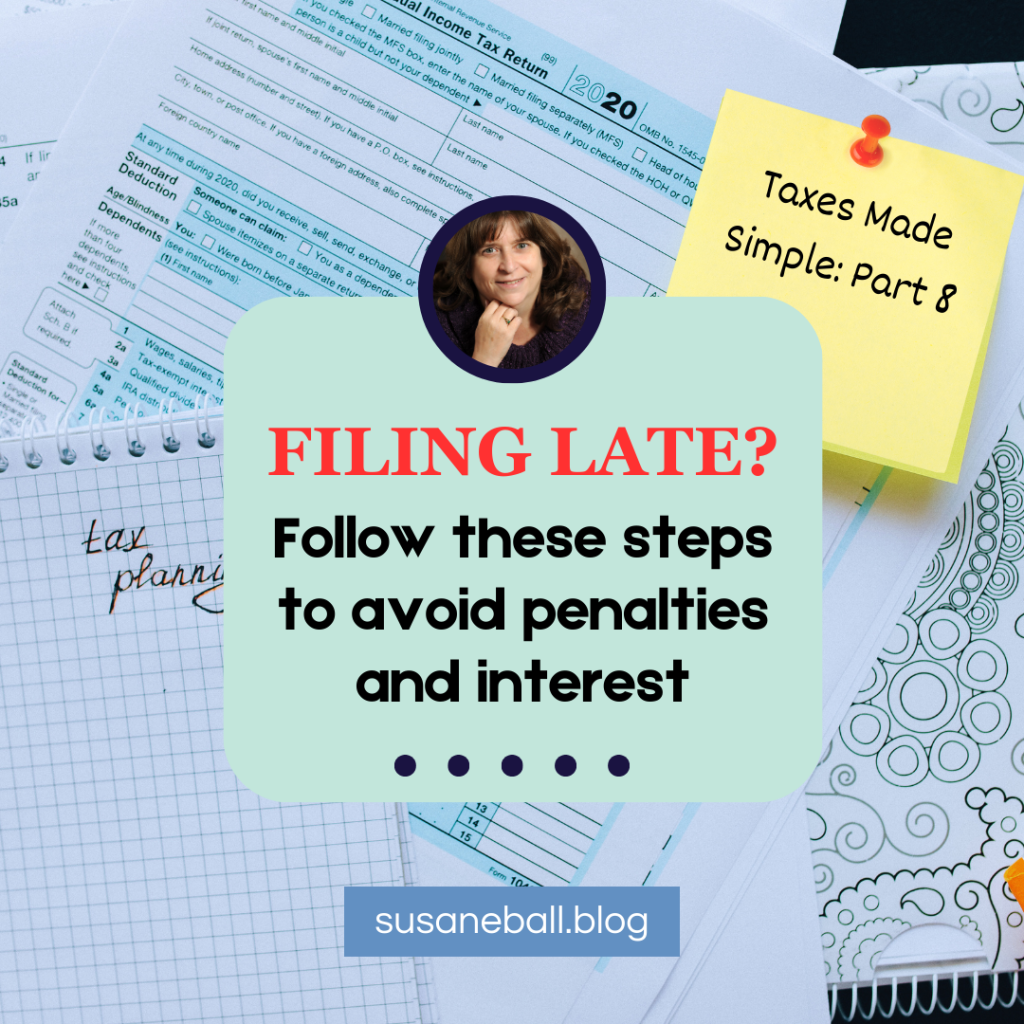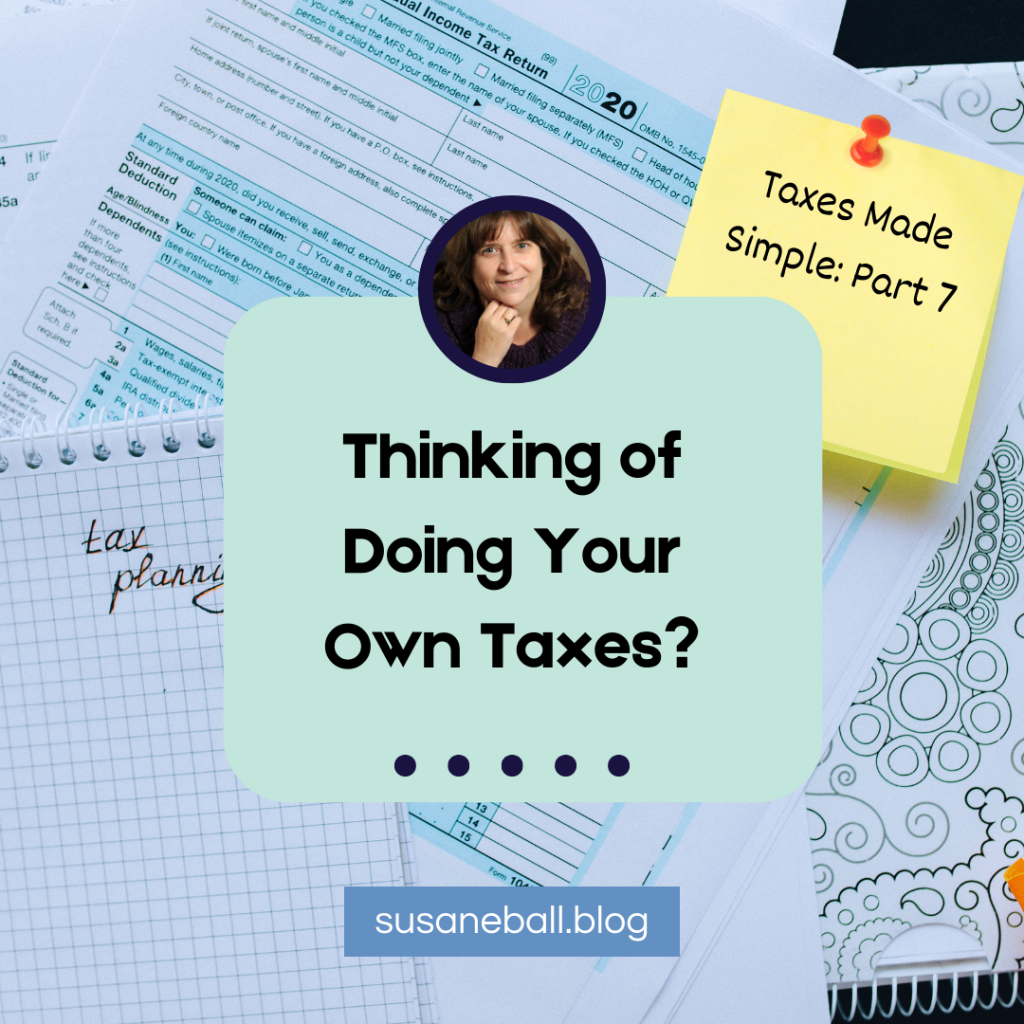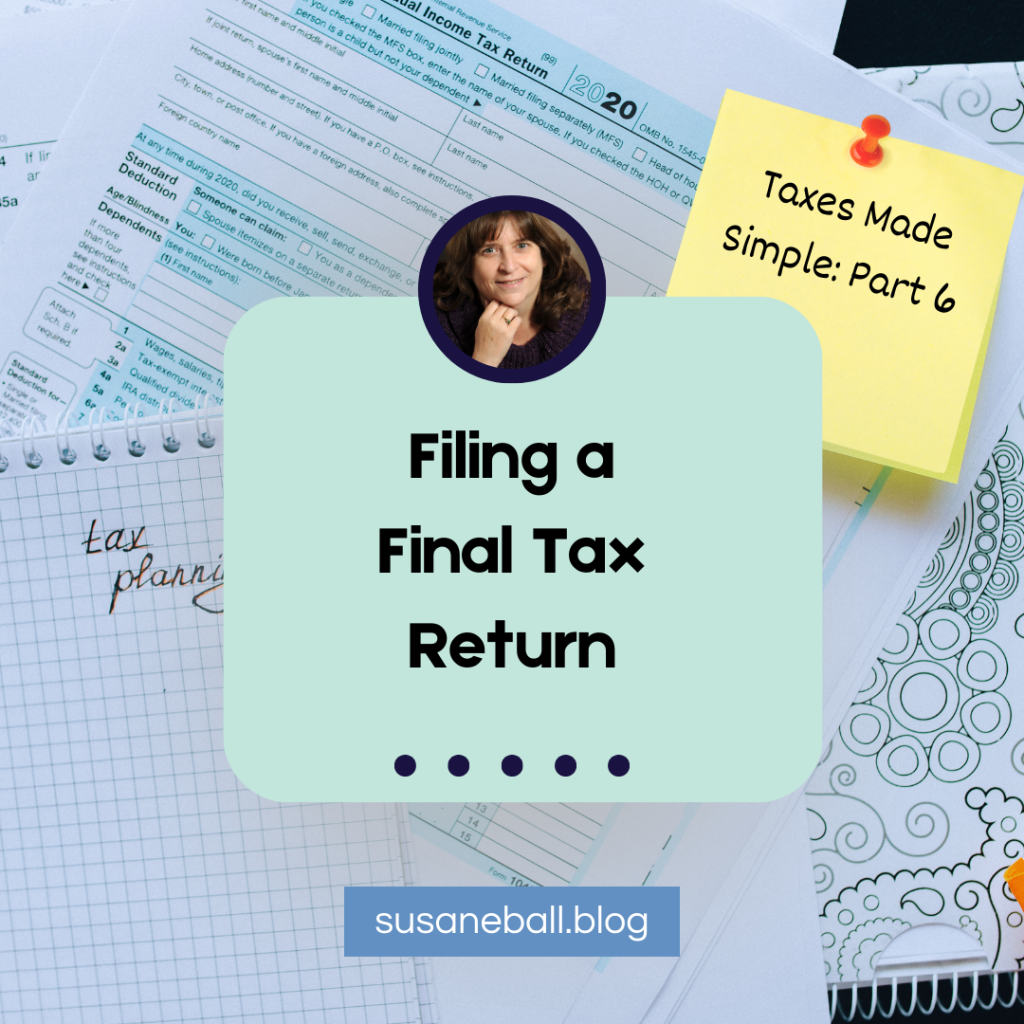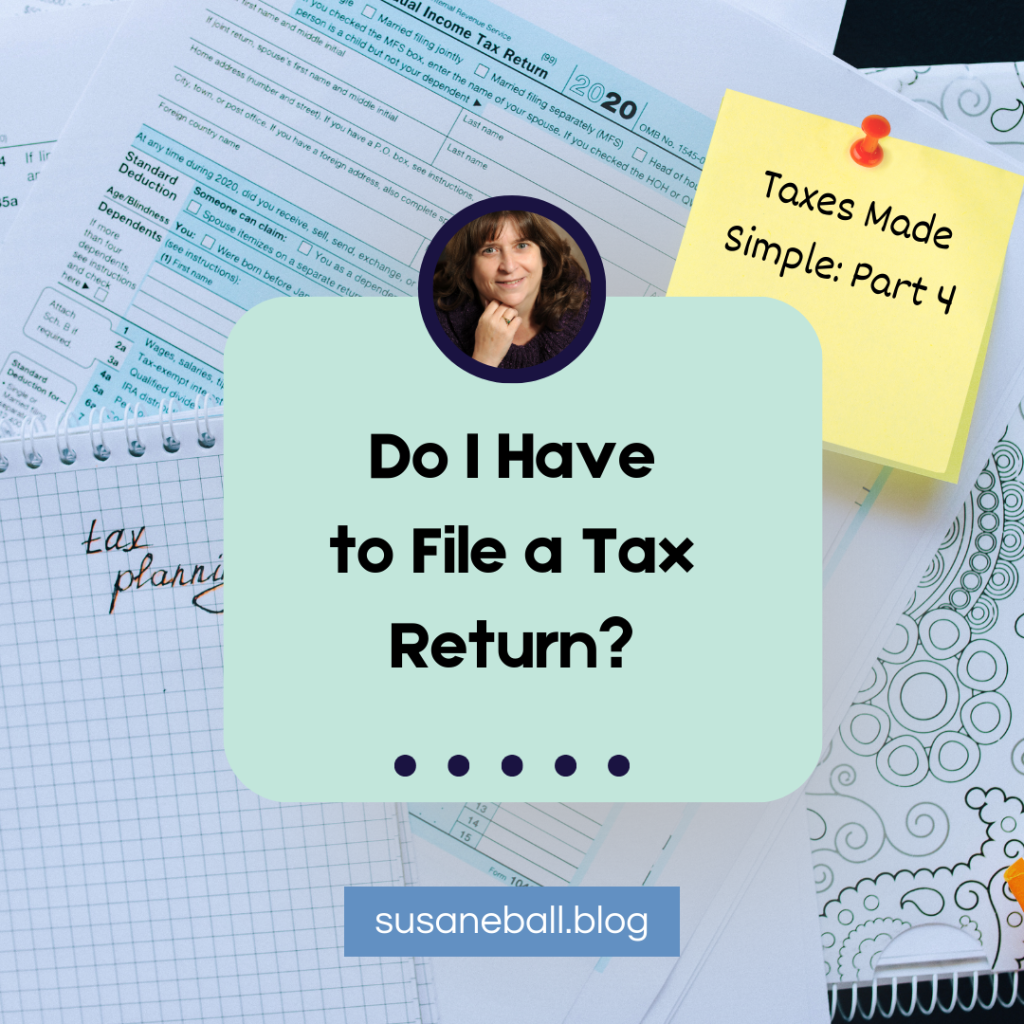
Many Americans have a dream of owning a business. According to a survey conducted in 2022, more than 40% of Americans aspire to start or purchase their own businesses. This is a positive thing since small businesses are the backbone of the American economy. In fact, 99.9% of all US businesses are small. More than 33 million small businesses employ over 61.7 million workers, per the SBA’s Office of Advocacy. Yet less than 7% of Americans are small business owners.
If you are considering starting or buying a small business, you need to ask yourself if you have what it takes to become a small business owner. Several vital attributes are common to successful small business owners. Read through the following list and score yourself one point for each attribute that applies to you. The higher the score, the more prepared you are to be a business owner.
Attributes of Successful Business Owners:
- Is your spouse supportive of your plan? If you’re married, it’s crucial that your spouse is supportive of your decision to start a business. In the beginning, starting a business will consume a significant amount of your time and energy. Having a spouse who feels neglected or unheard can add unnecessary stress to an already challenging situation.
- Are you willing to put in long hours to get your business up and running? During the initial stages of your business, it is essential to focus on raising awareness about your company’s existence while catering to the needs of your early customers. In the beginning, you may be the sole member of your company and will need to work long hours both within and on the business.
- Do you have money to invest in starting your business? It’s important to remember that no lender will provide the entire amount required to start a new business. You need to save up a substantial amount of money to invest in yourself and your company. Generally, 15-25% of the total start-up costs are required.
- Is there other household income to support your family while you launch your business? Some business owners can start their business on a small scale while maintaining their full-time jobs. This is ideal, but it is only realistic for some people. You may have to give up your secure paycheck to start. It is helpful to have other sources of income to pay the bills until your business begins to generate sufficient revenues to make a profit. Other sources of income might include your spouse’s wages or salary, retirement, disability, investments, and rental income.
- Did you operate a lemon stand or paper route as a child? Having experience owning a business before can prove highly beneficial when taking on bigger and more complex ventures. The lessons learned from prior business ownership can help you better understand the importance of strategic planning, financial management, and effective communication with stakeholders. Additionally, you have gained valuable insights into building and maintaining successful relationships with clients, employees, and other partners in the business world. Overall, prior business ownership provides a wealth of knowledge and experience that can help you navigate the challenges of entrepreneurship with greater confidence and success.
- Do you have close relatives or friends who are business owners? Experienced business owners are typically happy to share their keys to success and the lessons learned from their mistakes.
- Have you worked for and been in close contact with the owner of a small business? If so, you may have witnessed their decision-making processes and experienced times when you disagreed with their decisions.
- Have you had management experience in any business? The responsibility of making decisions and guiding employees helps prepare you for owning and running your own business.
- Have you had various functional work experiences, such as accounting, finance, or marketing? In your own business, you will have the ultimate decision-making authority for every aspect. Having some experience in many different areas will help you be better prepared.
- Have you been frustrated by having your work-improvement suggestions rejected by those in management above you? Those who note inefficiencies and problems in the workplace are naturally inclined to want to run their own businesses and test their solutions.
- Are you a person of action rather than a dreamer? While the idea of owning a business appeals to many, it takes a great deal of hard work and determination to turn that dream into a reality. Unfortunately, only a small fraction of those who dream of business ownership are willing to put in the necessary effort and dedication to make it happen.
- Are you a risk taker? Starting a business is risky. It requires you to leave the comfort of a reliable, steady paycheck for the uncertain possibility of great success and satisfaction. But it also involves the possibility of failure.
- Do you enjoy working with other people? Owning your own business will force you to interact with many different groups of people, including employees, networking partners, lenders, business development leaders, and competitors.
- Are you able to delegate effectively? Running your own business will require you to let go of many tasks so that you can focus on the tasks that only you can do. You will have to train your employees and then trust them to do the tasks assigned without constantly looking over their shoulders.
- Do the employees you supervise in your current job respect you and work hard for you? It is important that your employees see you as the leader and take direction from you. This does not mean that you become a dictator. Listen to your employees and let them share their ideas. Ultimately, however, you will make the final decisions, and your employees have to respect that and follow your directives.
- Are you someone who can adapt to new situations easily and is comfortable with change? As soon as you start to feel relaxed, things will change. Change comes from many sources outside of your control, such as new competition, inflation, and new regulations. You must be flexible and adapt to changes you cannot control.
If you are seriously considering taking the plunge into business ownership, join me over the next few months as I continue to share what I learned as a business owner and a full-time small business consultant.









